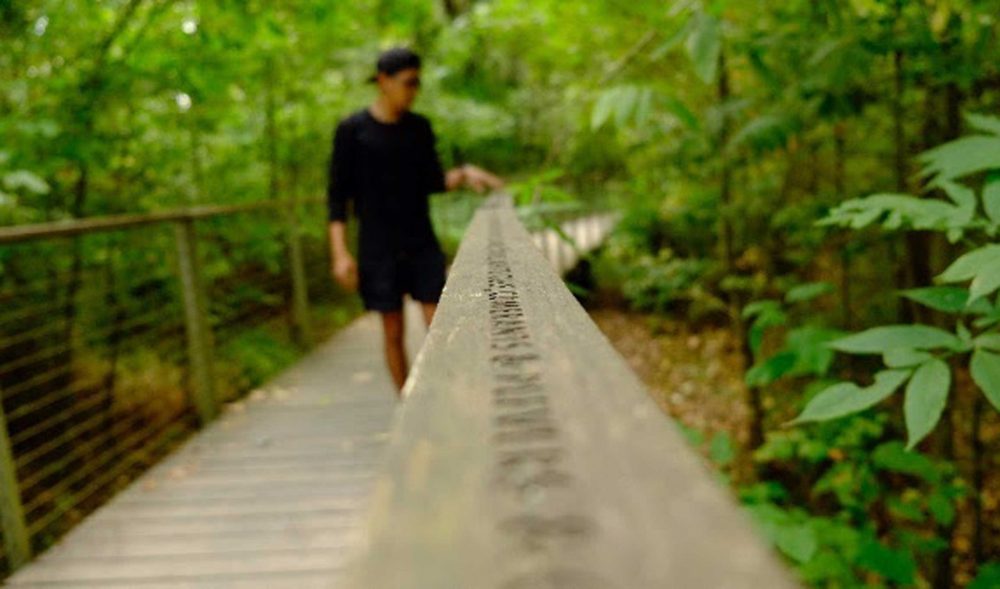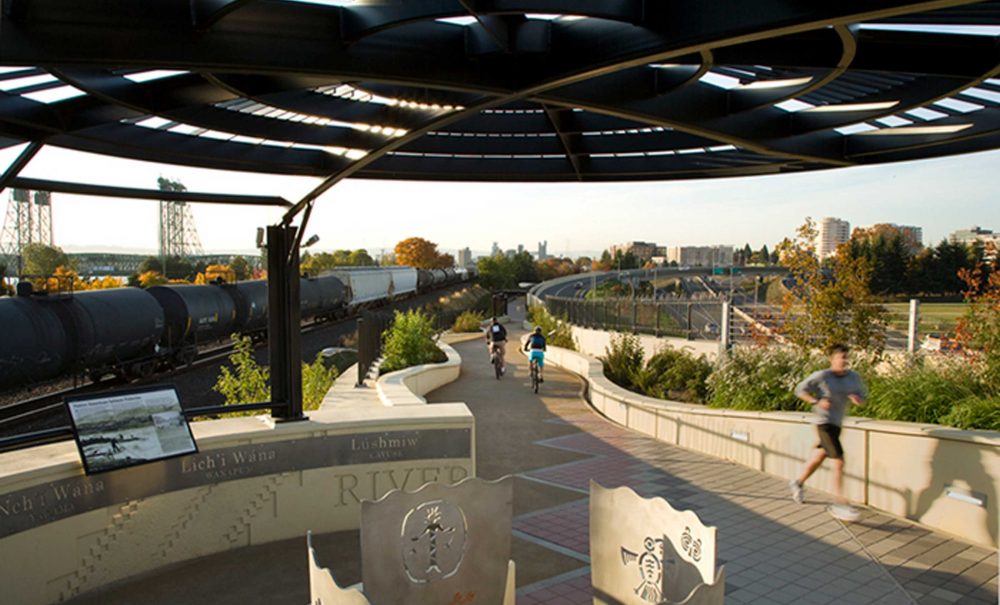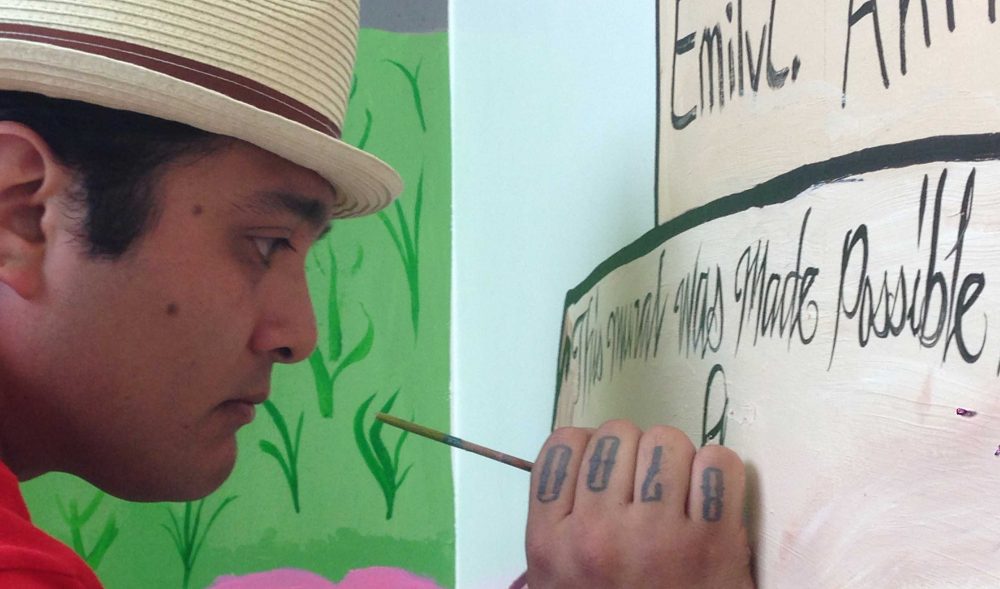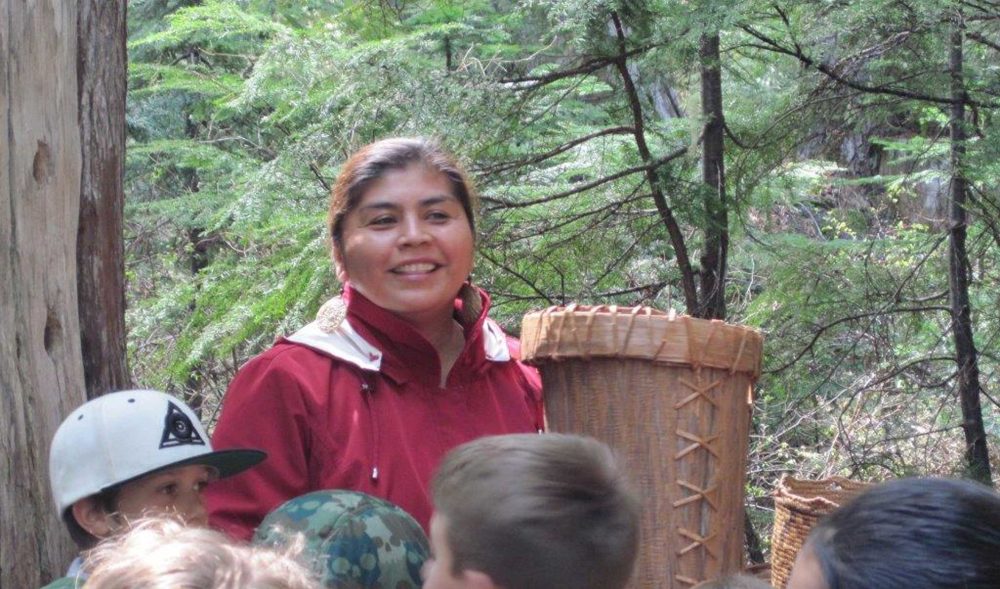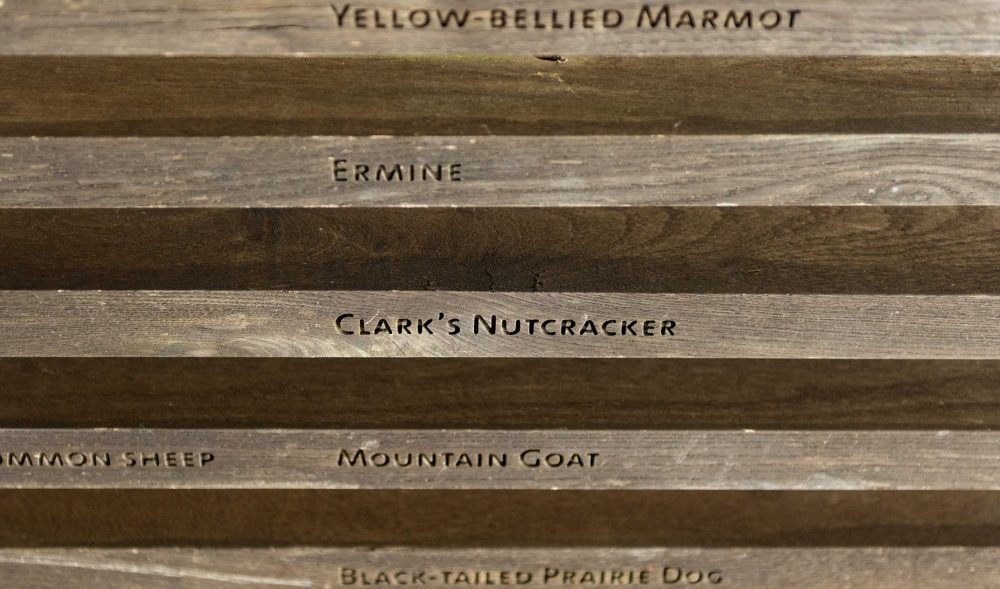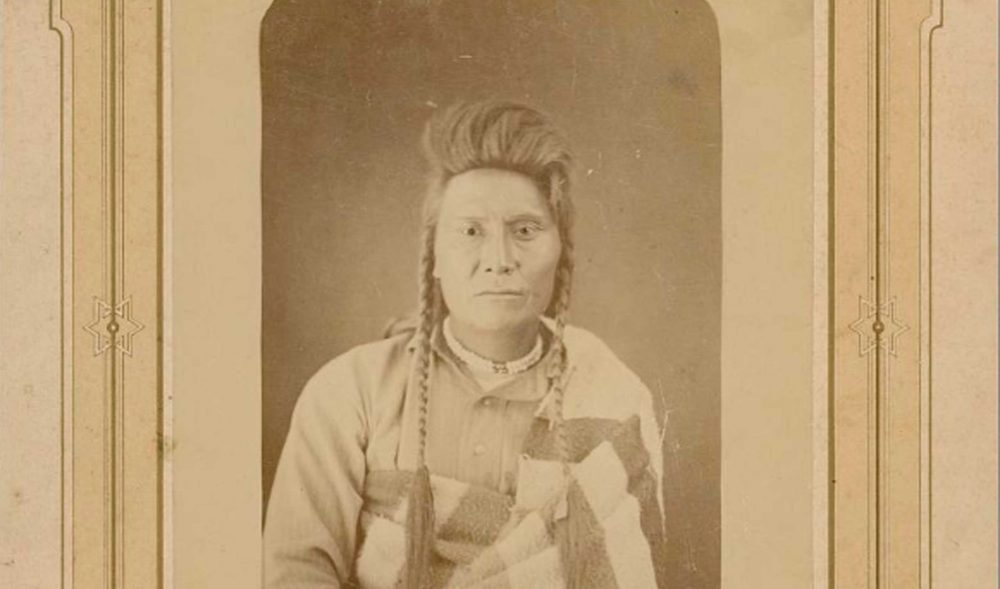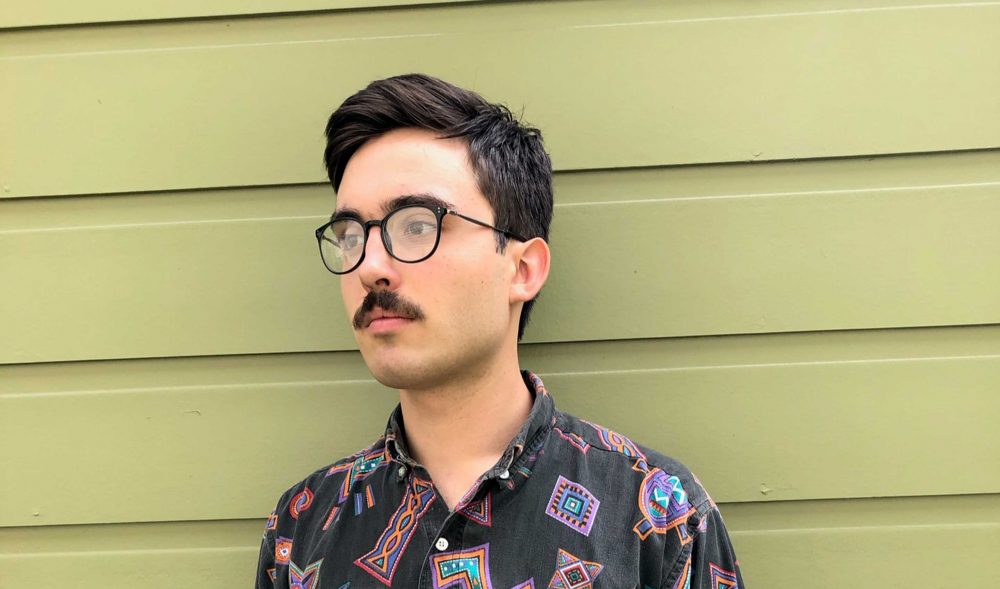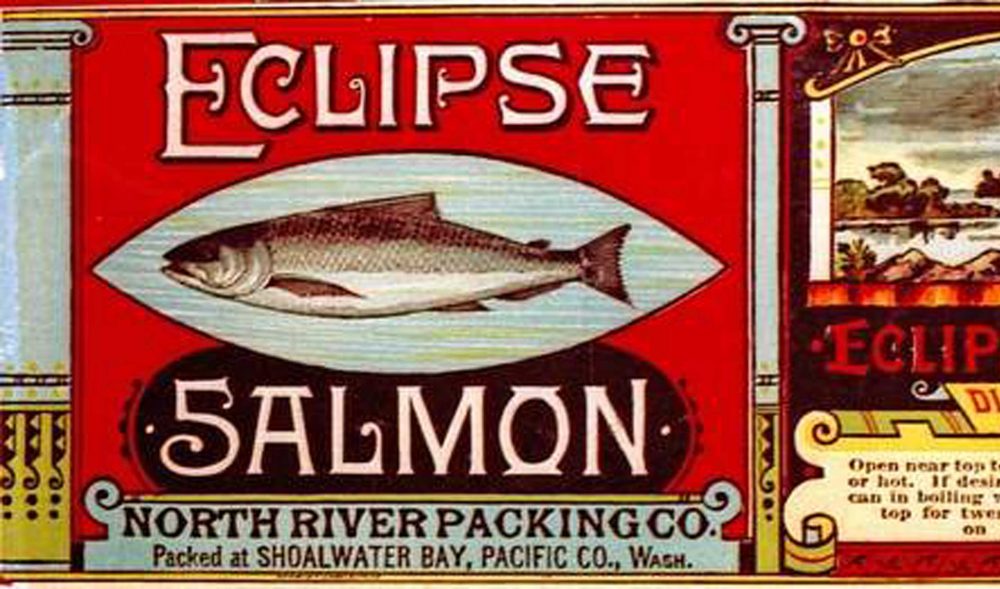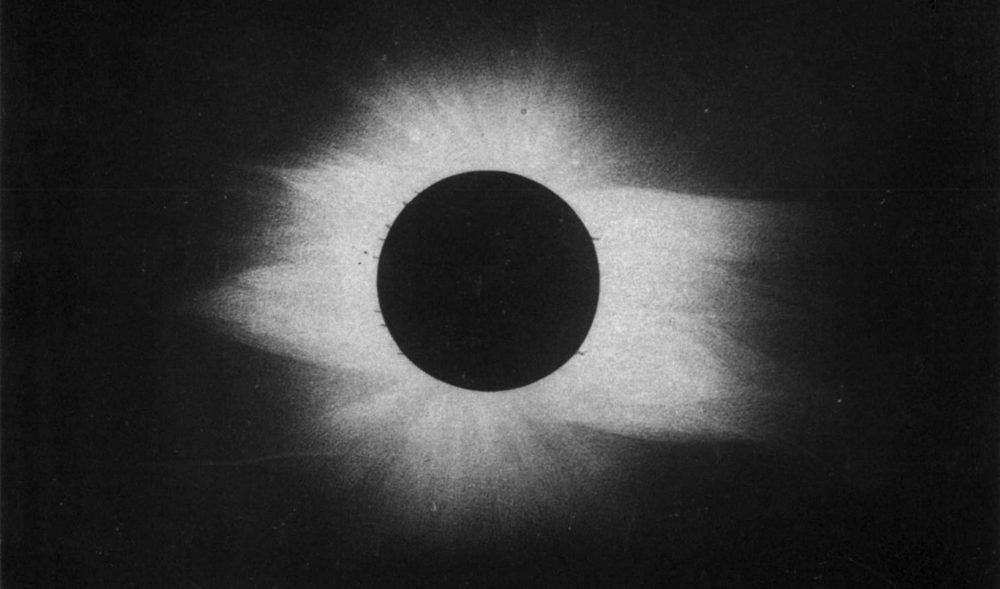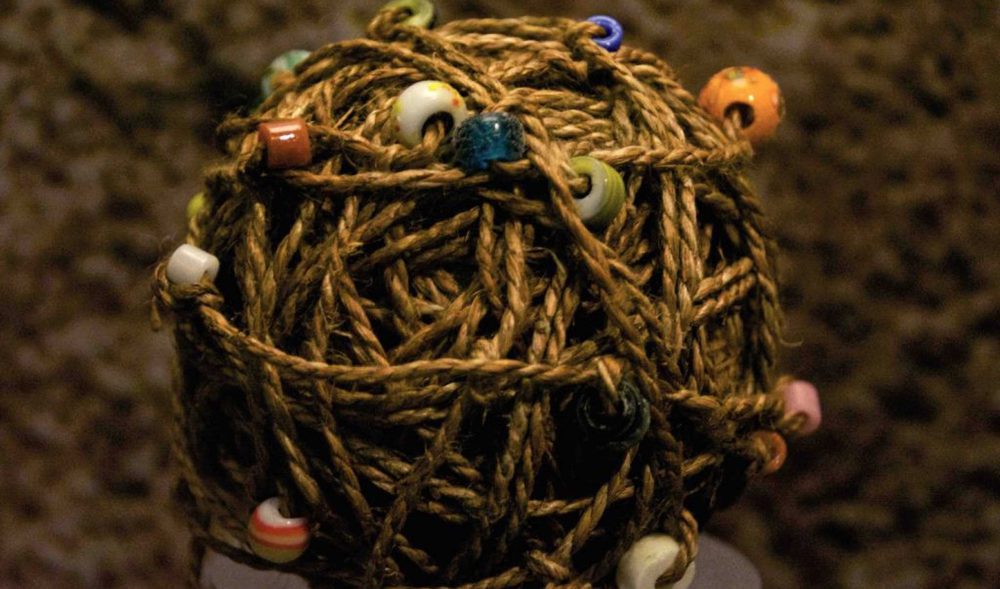Confluence Library
The Sandy River bird blind, inspired by William Clark’s quote that he could not sleep because of bird noises, was built to give guests a chance to visit a restored native habitat and learn about native birds and animals.
The Vancouver Land Bridge site was rich with biodiversity prior to settlers’ advancement. Seated on a floodplain near Mt. St Helens, it was home to savanna, hardwood forest, and prairie. Today it is home to Ft Vancouver.
Toma Villa is a muralist, painter, carver, and sculptor from the Yakama Nation.
Brigette McConville is a cultural educator from the Confederated Tribes of Warm Spring. She runs Salmon King Fisheries with her husband, Sean McConville.
After a turbulent industrial past, the Sandy River Delta required significant restoration in the late 2000s to make it a safe recreational area and a thriving natural habitat, full of native plants, birds, and animals.
This article contains excerpts from an essay published by Lieutenant C.E.S. Wood, an army officer who watched the Nez Perce and had a personal relationship with Chief Joseph in 1877, on the “Indian Question.”
Filmmaker Woodrow Hunt is Klamath/Modoc/Cherokee and founder of Tule Films. He is the filmmaker for the Confluence Documentary Shorts that were released in April 2019.
The 1878 eclipse brought the Nez Perce War to public eye and allowed them to secretly return home from Canada. At the same time, the Bannock were cleared out of Malheur by the Army. Canneries profited from the eclipse.
Although the eclipse of 1834 was not visible in the Northwest, an 1860 total solar eclipse started off Cape Disappointment. Research for a subsequent total solar eclipse in 1869 fueled U.S. interests in Alaska.
Yakama time balls were woven twine that detailed major events of a woman’s life- sometimes including eclipses. Several major eclipses were visible in the Northwest from 1503-1806 including one eclipse obscured by clouds.

